Therapists dwell in the land of emotions. It is our job to receive the emotional tenor of our analysands, to follow their speech patterns, their repetitions, their haltings, speedings-up and silences. We endeavor to find the words to decipher the complexity and subtlety of what is wanting to be conveyed and understood. It is not a simple job.
The therapist’s emotional capacities are stretched. We register a feeling in the person we are working with, such as fear. But it isn’t just fear; there is a tinge of despair that alerts us to a closing in, almost, a collapse and a freeze. Or we register anger, and simultaneously tucked into the seam of that anger is disappointment, a very different kind of feeling, but which, once recognized, can disperse the anger. Getting to the accuracy of the feeling allows for an emotional sigh of understanding. The feelings can be digested, and in time flow through and out of the body.
Feelings, emotions, are profoundly physical. Whereas once it was thought that they were distractions from thought, we now know that emotions are precursors to thought and profoundly implicated in consciousness. Or, as the American philosopher Owen Flanagan argues in his new book, How to Do Things With Emotions: The Morality of Anger and Shame Across Cultures, emotions are things we do. How we enact them, he insists, what sense we have of them and their purposes, are culturally inscribed and made sense of through the communal embrace of the rules they enforce.
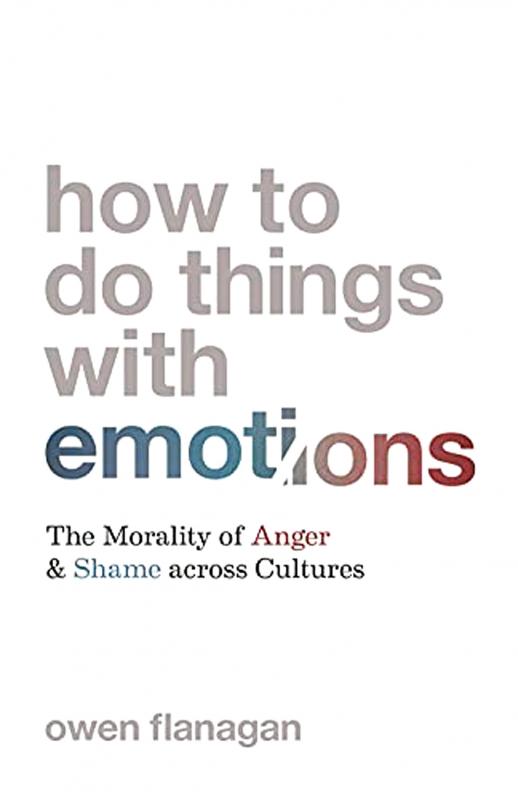
Flanagan is mainly talking about the attitudes that police society through instilling in children the correct ways to behave. In a long discussion on anger and shame, he makes an ethical argument — that we in the west need to turn up shame and tone down anger, because our society suffers from too much explosive fury and too little modesty and embarrassment about personal behavior and desires.
He visits the Minangkabau people of West Sumatra in Indonesia, where shame is the main instrument of socialization. For the Bara people of southern Madagascar, it is parental anger that is deployed to show children what is allowed. Flanagan contrasts our libertarian view of anger, in which we feel free to let rip privately and publicly through trolling, road rage and sending intimate photos, for example, with more homogeneous societies, where anger is used to discourage antisocial behavior and enhance respect. Being scolded, being shamed, is sanctioned by all as an accepted form of child rearing. In such communities, anger is not the expulsive emotion to which we have grown accustomed.
For the Minangkabau, tantrums and protest are simply not tolerated.
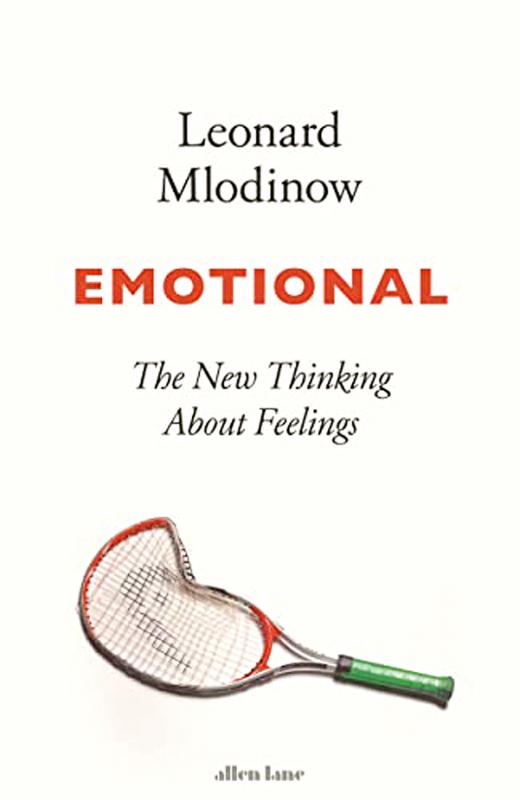
Children are taught to withdraw quietly to manage their shame privately.
But lest you think we have re-entered bourgeois Victorian England, Flanagan contends that this form of control isn’t damaging. The emotional harm that we might imagine shame and anger cause are, he argues, eviscerated as the cultural prescription is internalized as conscience, as morality and rules for living.
If there is a fair bit of naivety in Flanagan’s project, there is also much to be admired. As he deconstructs the forms of anger used by Westerners, he seems delighted to turn back the clock, as if we could disregard the different cultural forces, including the anonymity of the Internet slanging machine, the noise of Fox News, the radio shock jocks and various therapies that claim that anger requires healthy expression and shame requires deconstruction.
He ponders the philosopher’s question: which ways of living are best in allowing us to step outside the imprisonment of our personal upbringings? He wants us in the west, in North America and Britain, to reject libertarian values and strive for emotions that enhance rather than splinter society.
Reputation tracking, which Flanagan applauds, pertains to small groups in which transgressive behavior isn’t tolerated because we are responsible to our community. That’s appealing, but it doesn’t reflect late modernity, in which such a group composition seems unrealistic and in which individuality — how I feel, how you feel — is highly valued. Many young people crave recognition — whether online likes or even negative responses — and the nature of these engagements is very different to the day-to-day encounters within our social groups.
Ultimately, Flanagan asks this important question: what do emotions do, and do they do the right thing? His answer draws on his work as a philosopher anthropologist, an approach to which I am sympathetic as a psychoanalyst who often experiences herself as an anthropologist of the mind. Like him, psychoanalysts and therapists understand the individual mind as the sum of other minds and yet unique. We make sense of ourselves by reference to our personal and social behavior.
The American physicist and bestselling author Leonard Mlodinow ‘s new book, Emotional: The New Thinking About Feelings, in which he popularizes the findings from neuroscience over the past 50 years, is of a different nature. Mlodinow shows, through reports of psychologists’ experiments and a series of quizzes, that recognizing how much we are motivated by emotions allows us to be more thoughtful and present, more rational.
Feelings are private, personal and social. Emotions are the building blocks of consciousness and thought. Both books argue that we should see this work of emotions as central to who we are and can be.
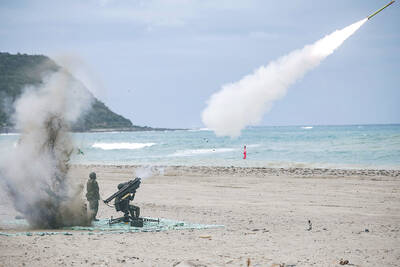
In late October of 1873 the government of Japan decided against sending a military expedition to Korea to force that nation to open trade relations. Across the government supporters of the expedition resigned immediately. The spectacle of revolt by disaffected samurai began to loom over Japanese politics. In January of 1874 disaffected samurai attacked a senior minister in Tokyo. A month later, a group of pro-Korea expedition and anti-foreign elements from Saga prefecture in Kyushu revolted, driven in part by high food prices stemming from poor harvests. Their leader, according to Edward Drea’s classic Japan’s Imperial Army, was a samurai
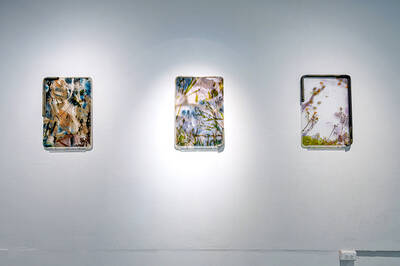
Located down a sideroad in old Wanhua District (萬華區), Waley Art (水谷藝術) has an established reputation for curating some of the more provocative indie art exhibitions in Taipei. And this month is no exception. Beyond the innocuous facade of a shophouse, the full three stories of the gallery space (including the basement) have been taken over by photographs, installation videos and abstract images courtesy of two creatives who hail from the opposite ends of the earth, Taiwan’s Hsu Yi-ting (許懿婷) and Germany’s Benjamin Janzen. “In 2019, I had an art residency in Europe,” Hsu says. “I met Benjamin in the lobby
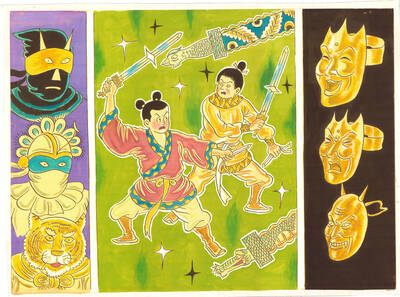
April 22 to April 28 The true identity of the mastermind behind the Demon Gang (魔鬼黨) was undoubtedly on the minds of countless schoolchildren in late 1958. In the days leading up to the big reveal, more than 10,000 guesses were sent to Ta Hwa Publishing Co (大華文化社) for a chance to win prizes. The smash success of the comic series Great Battle Against the Demon Gang (大戰魔鬼黨) came as a surprise to author Yeh Hung-chia (葉宏甲), who had long given up on his dream after being jailed for 10 months in 1947 over political cartoons. Protagonist

A fossil jawbone found by a British girl and her father on a beach in Somerset, England belongs to a gigantic marine reptile dating to 202 million years ago that appears to have been among the largest animals ever on Earth. Researchers said on Wednesday the bone, called a surangular, was from a type of ocean-going reptile called an ichthyosaur. Based on its dimensions compared to the same bone in closely related ichthyosaurs, the researchers estimated that the Triassic Period creature, which they named Ichthyotitan severnensis, was between 22-26 meters long. That would make it perhaps the largest-known marine reptile and would